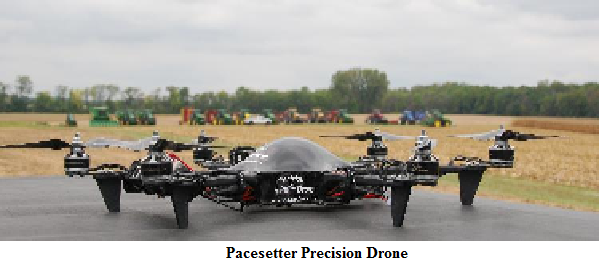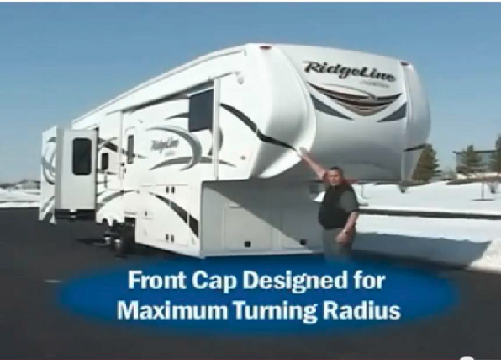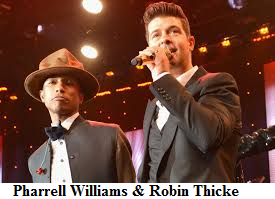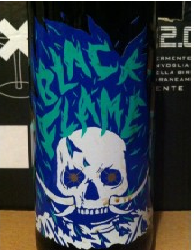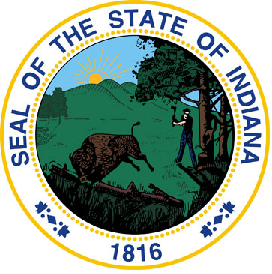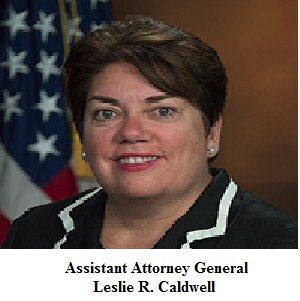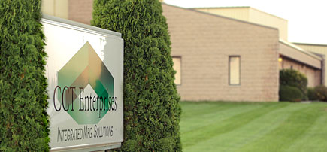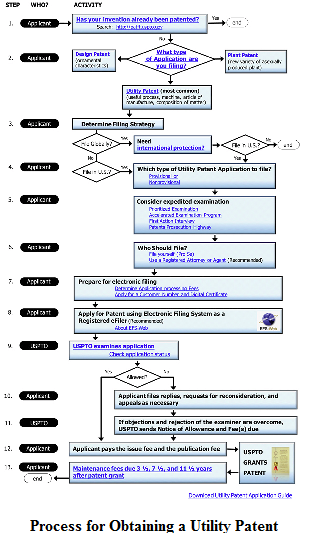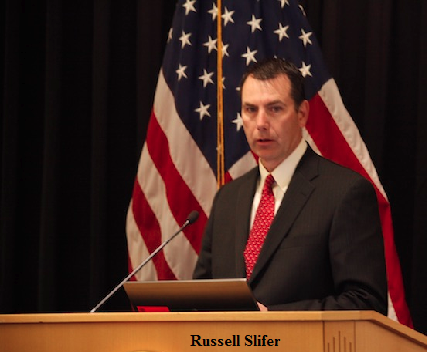
On Wednesday, U.S. Secretary of Commerce Penny Pritzker announced the appointment of Russell Slifer as the next Deputy Under Secretary of Commerce for Intellectual Property and Deputy Director of the U.S. Patent and Trademark Office (“USPTO”). Slifer left his role as the Director of the USPTO’s Rocky Mountain Regional Office in Denver. He began his new duties at USPTO headquarters in Alexandria, VA, on the day of the announcement.
While Director of the USPTO’s Denver office, which opened on June 30, 2014, Slifer served as the agency’s primary liaison with the innovation community in the Rocky Mountain Region. He was actively engaged in education and outreach initiatives, empowering the USPTO to develop programs, policies, and procedures to meet the needs of the Rocky Mountain West innovation community.
“Russell has an impressive track record of success across several disciplines and will be a tremendous asset to the USPTO,” said Secretary Pritzker. “His leadership will be instrumental in the USPTO’s efforts to foster economic growth and promote American innovation by reducing the patent application backlog and enhancing patent and trademark quality. I look forward to working with Russell in his new role, along with Director Lee and the rest of the USPTO team.”




